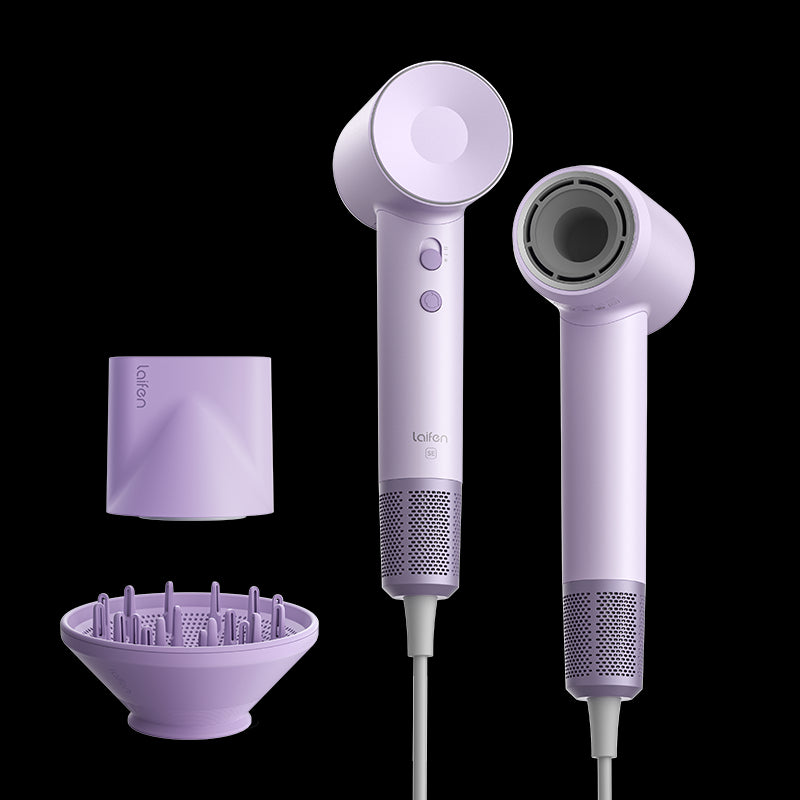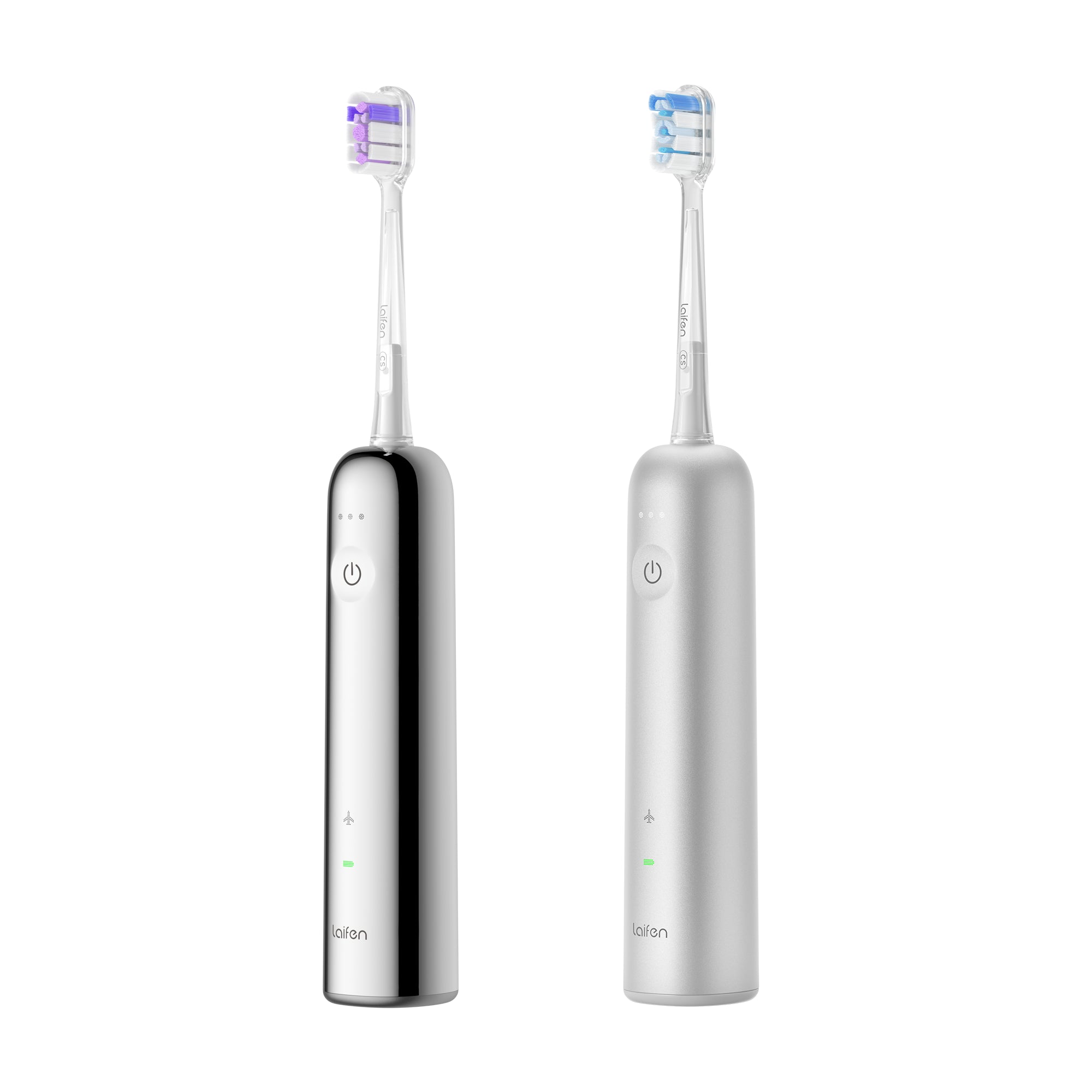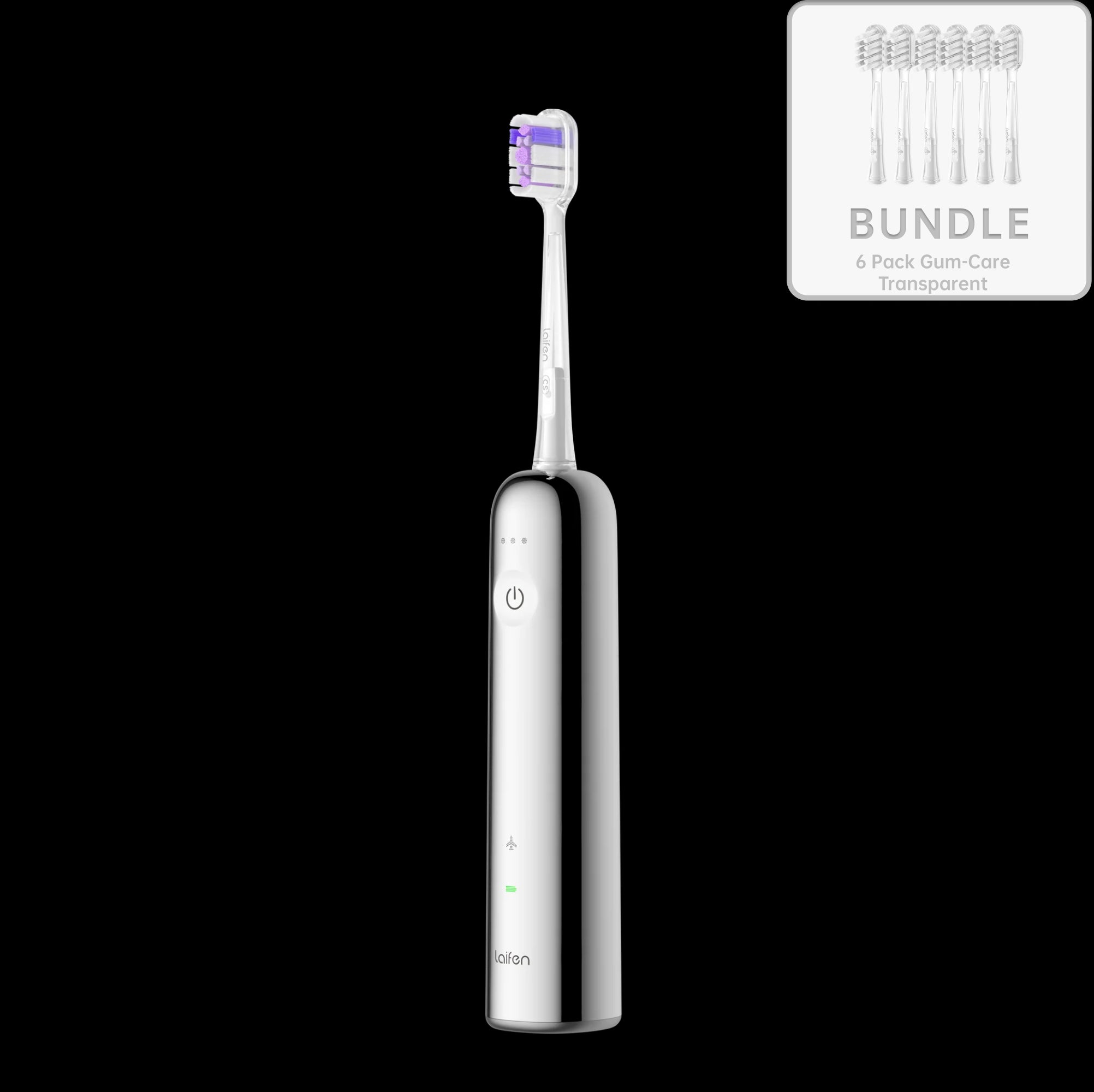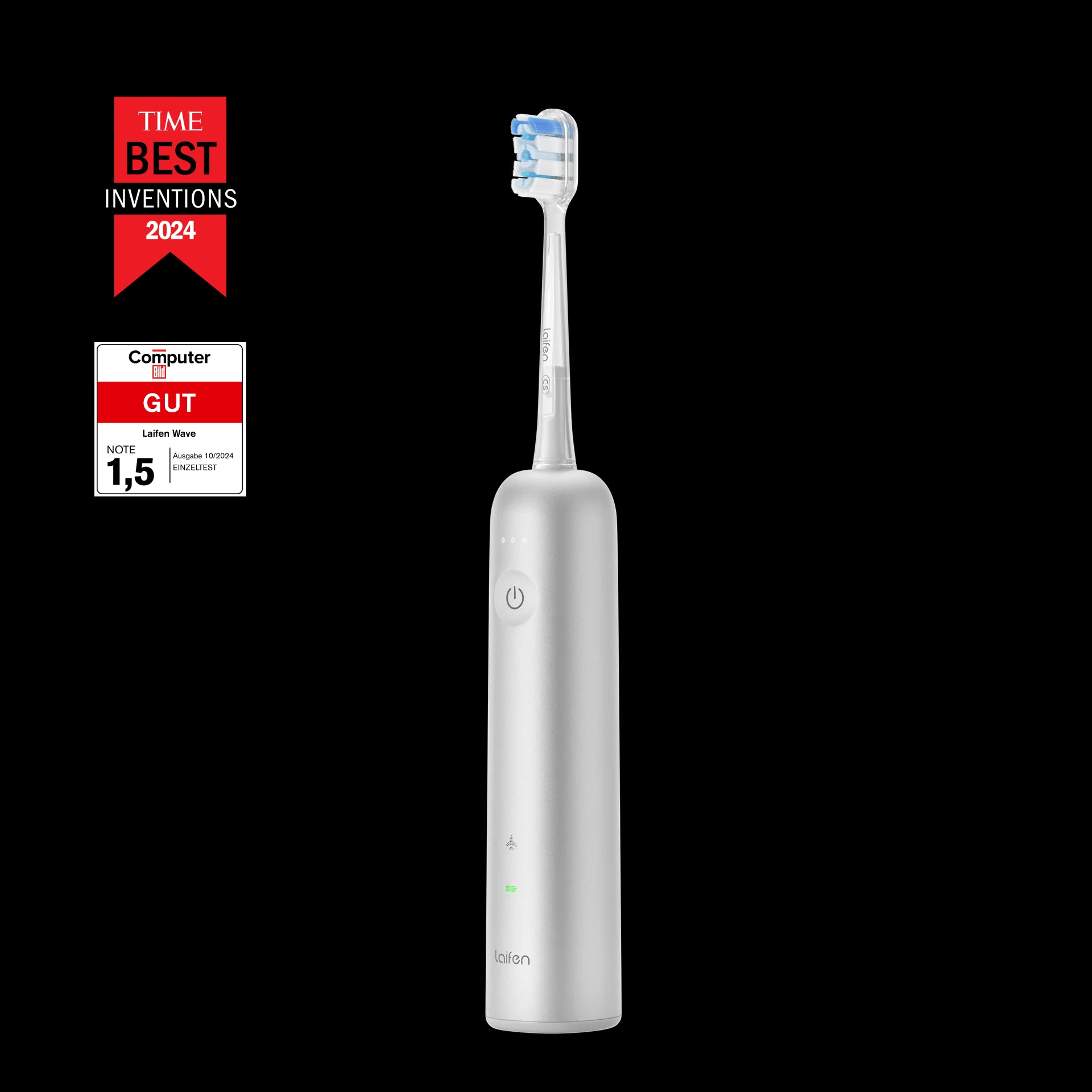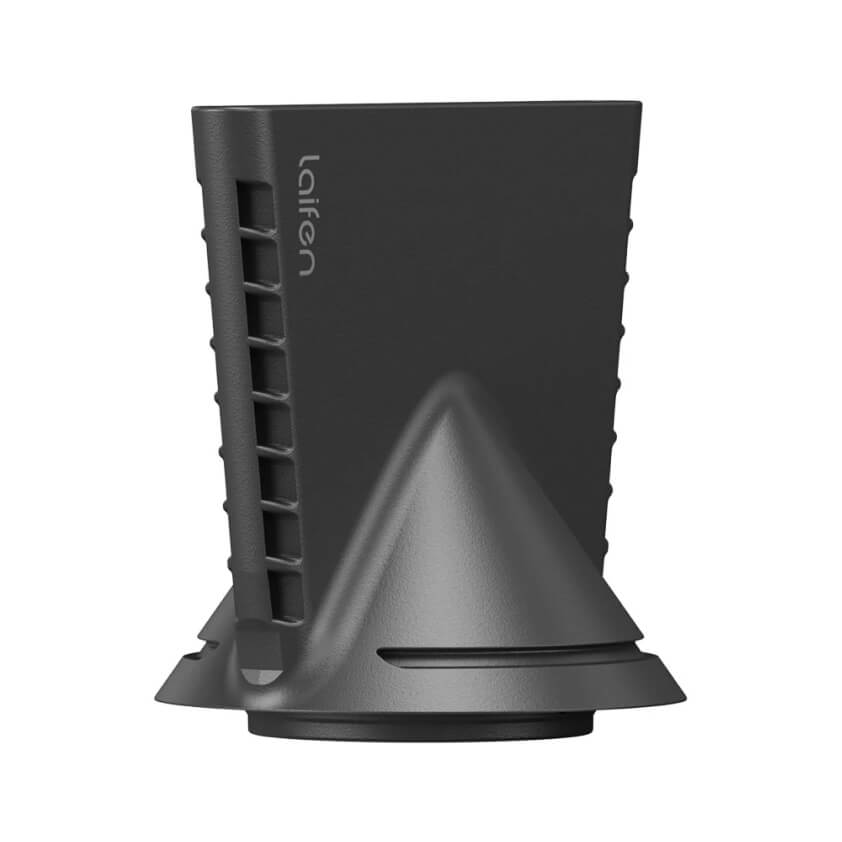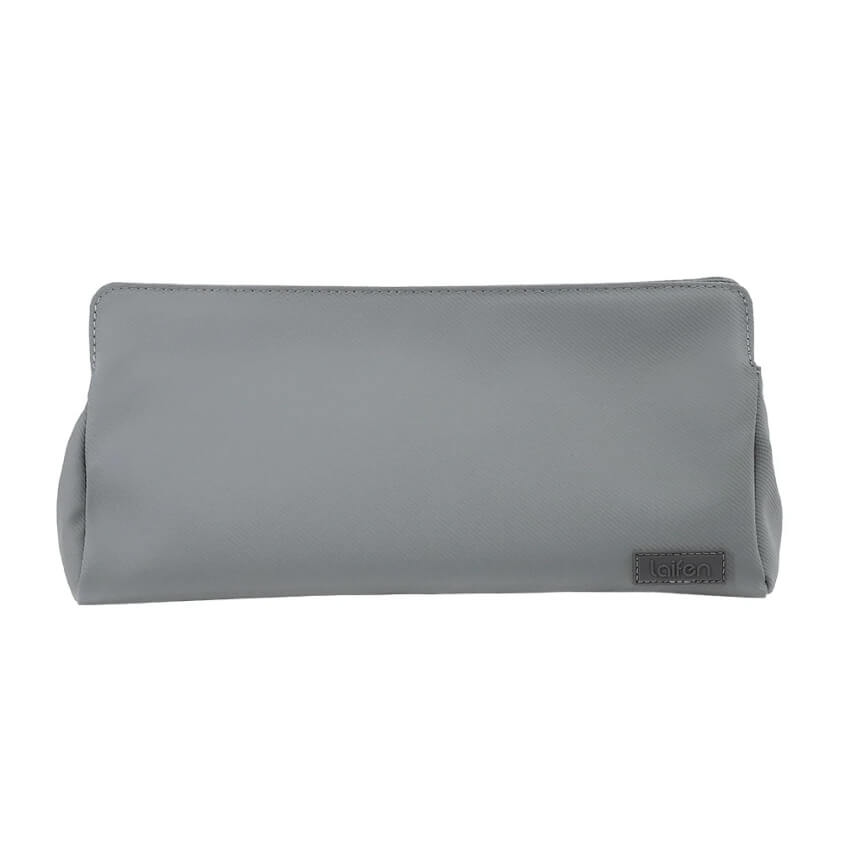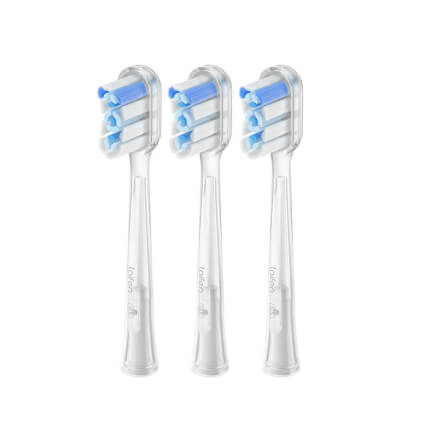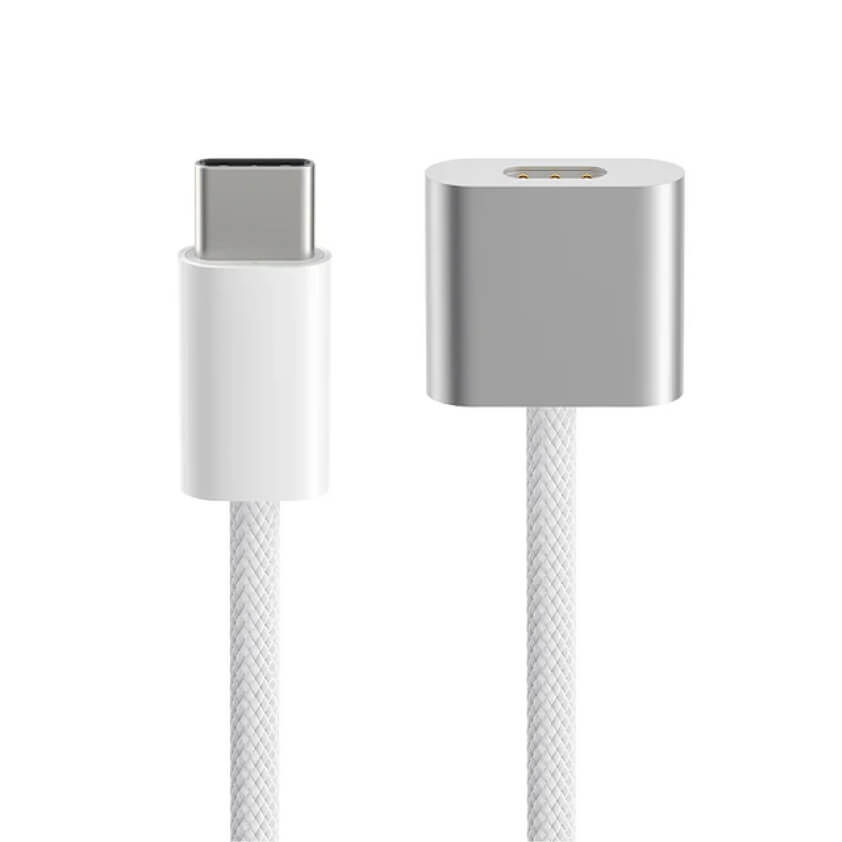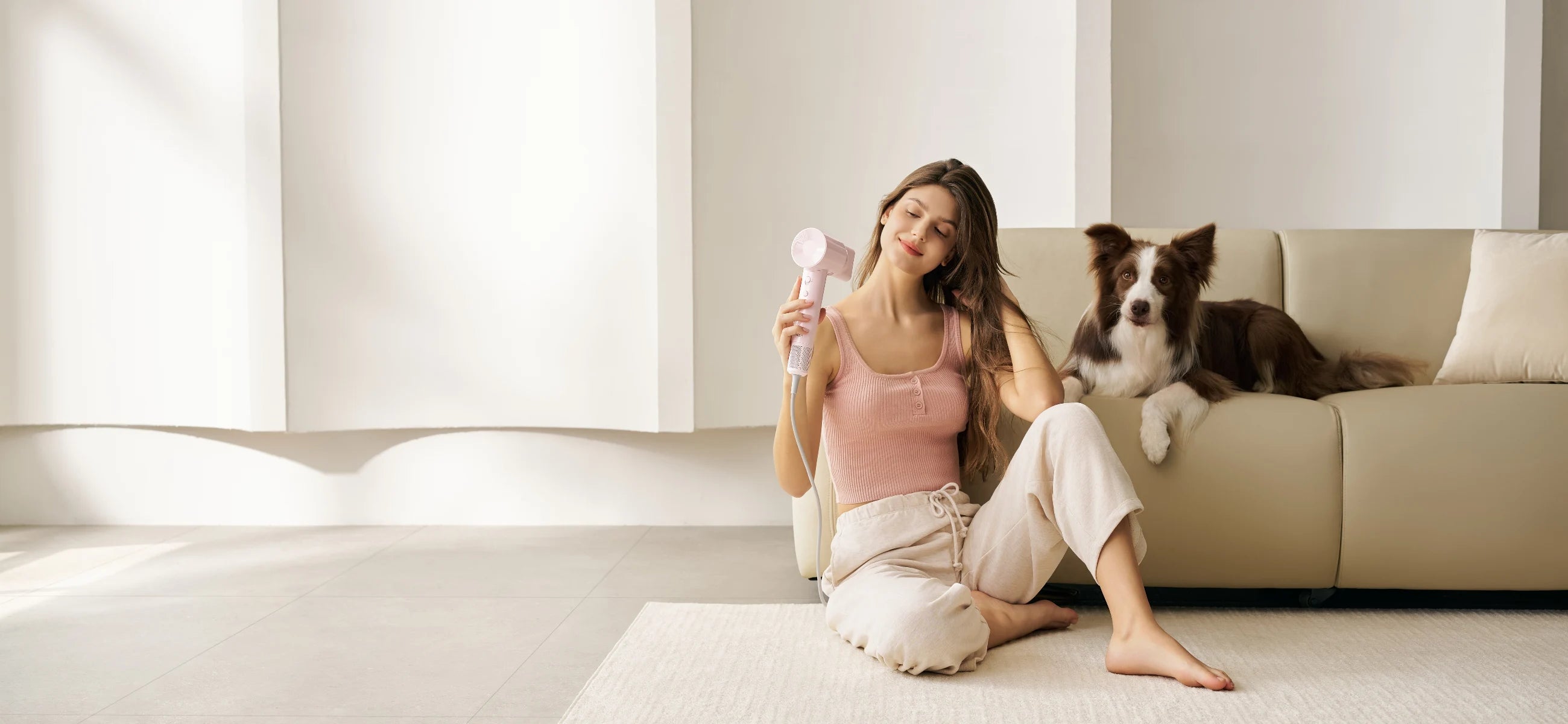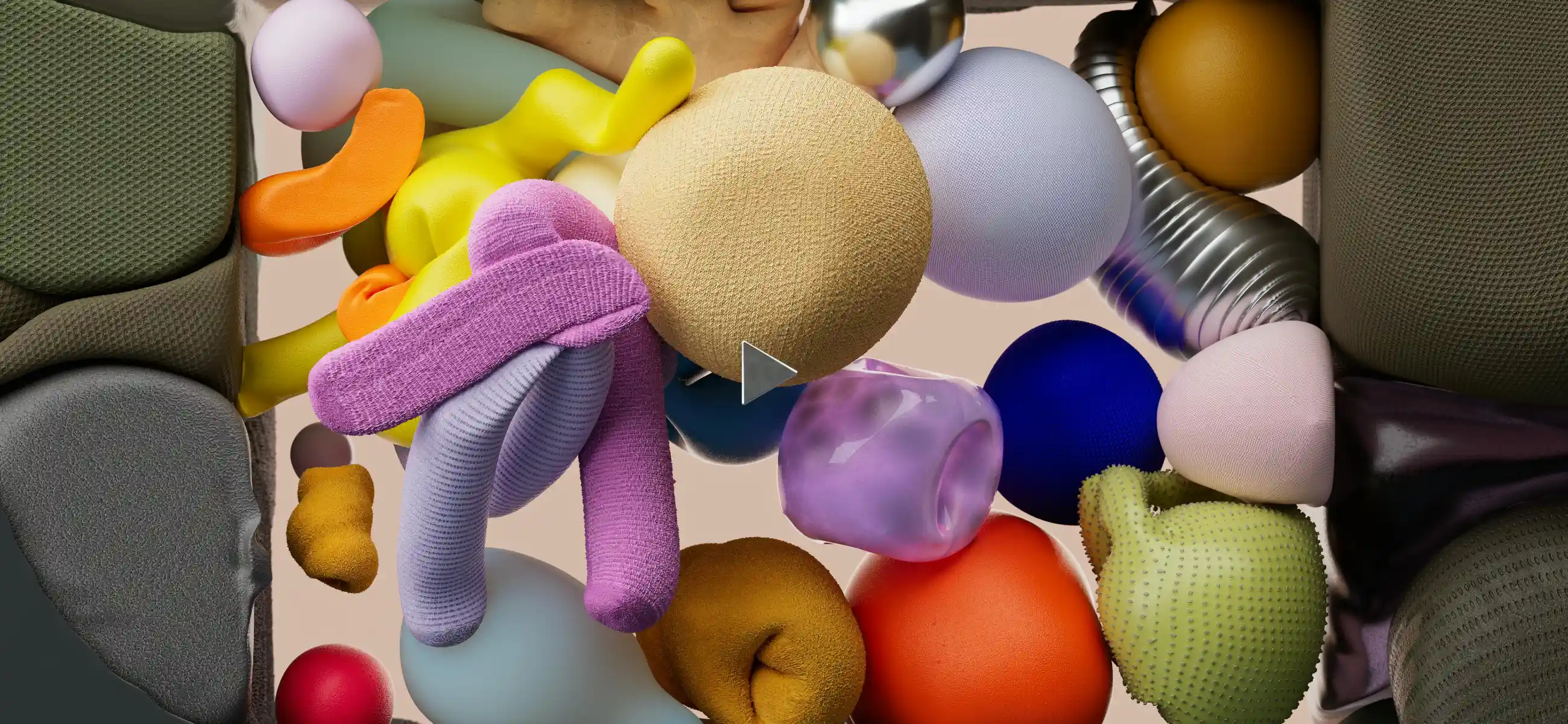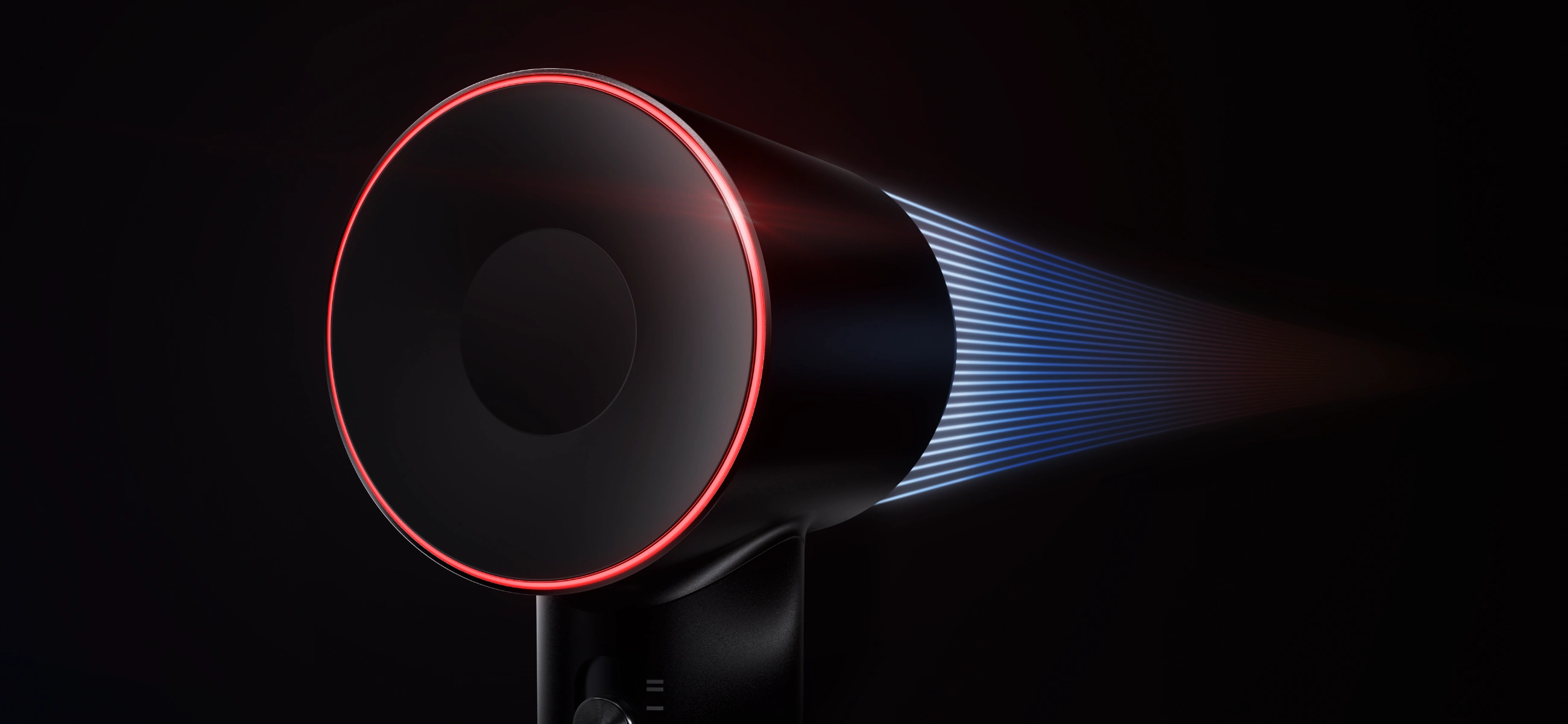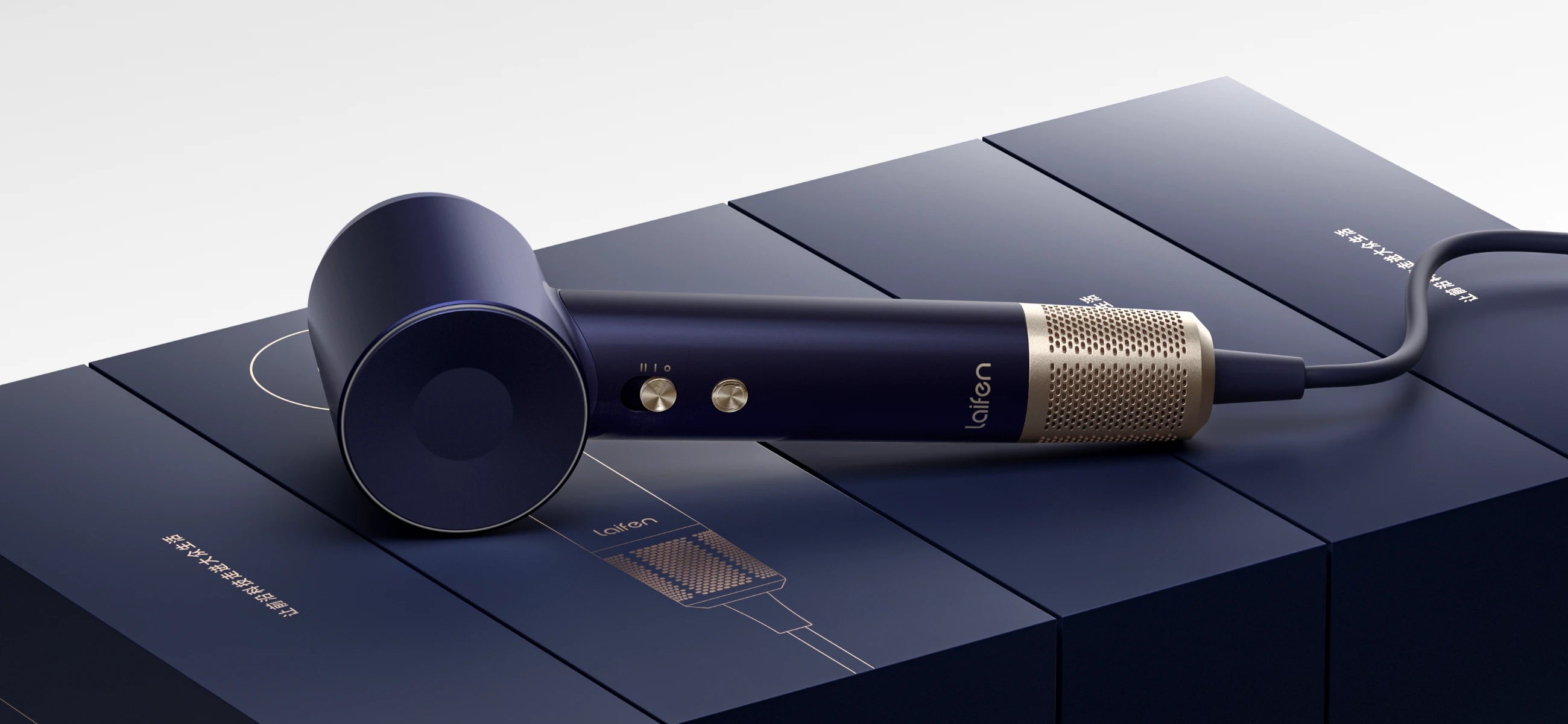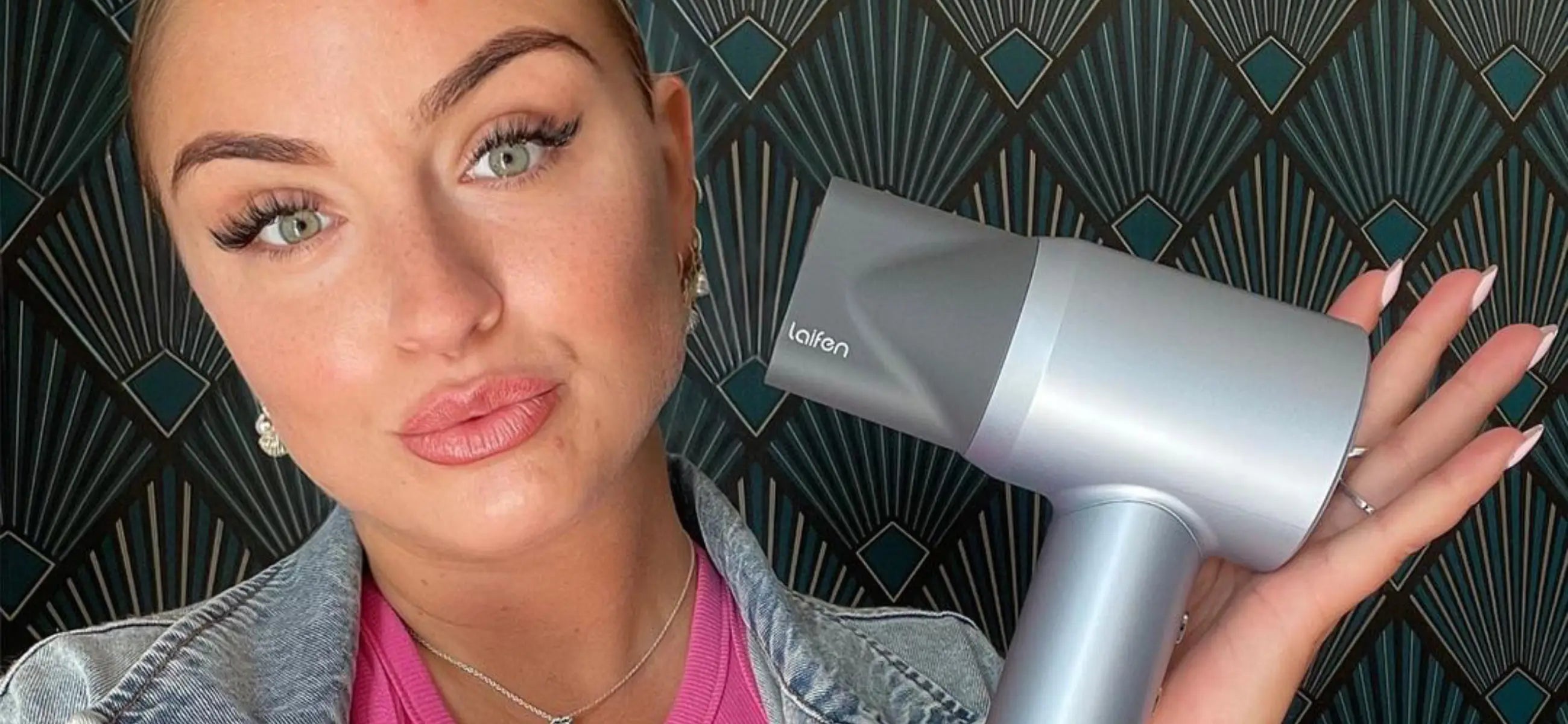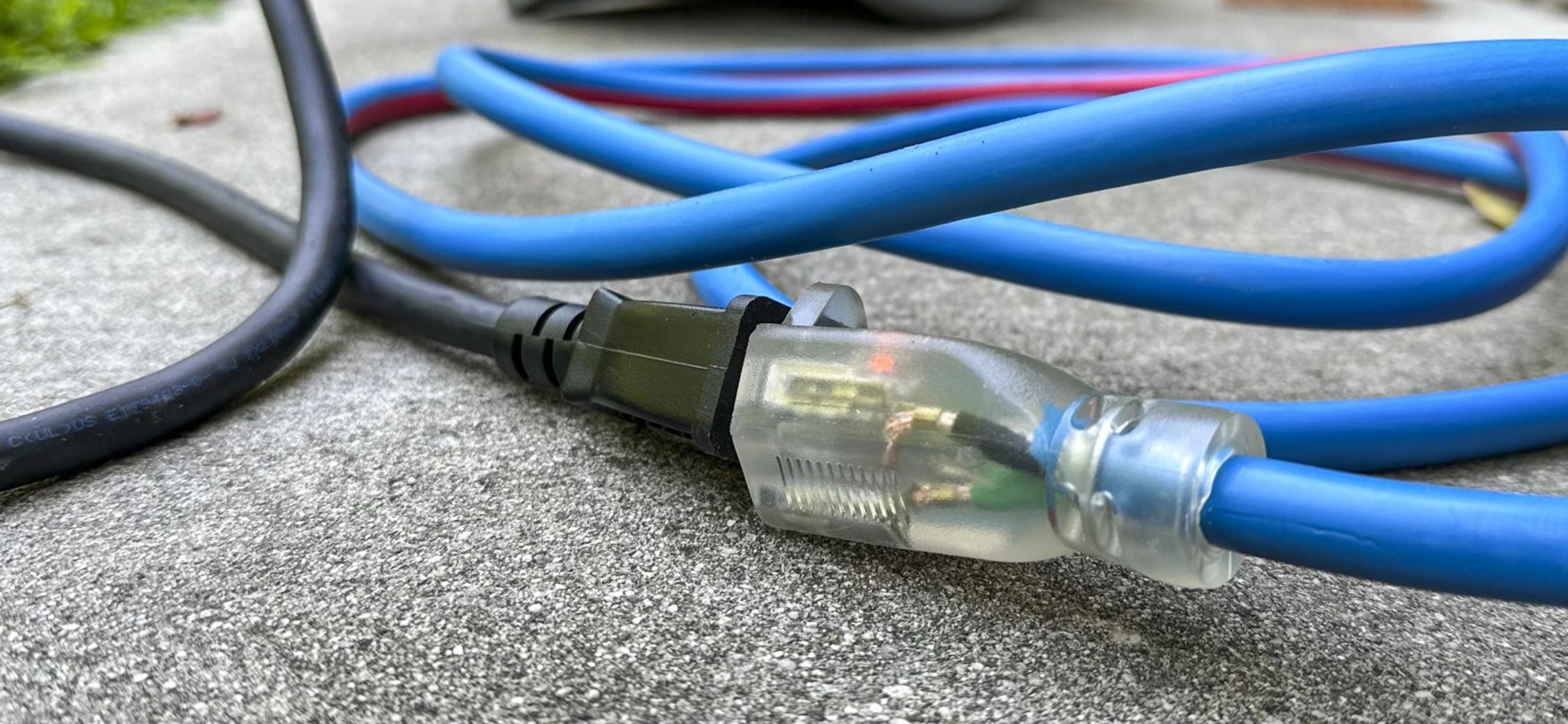
In this article
- Can you plug a hair dryer into an extension cord?
- What kind of extension cord can be used for a hair dryer?
- What is an extension cord?
- A general guide to use extension cord
- 5 appliances you cannot plug into an extension cord
- Is it safe to plug a hair dryer into a power strip?
- Is leaving a hair dryer plugged in a fire hazard?
- Cliff notes
An extension cord is the ultimate utility player in your home’s electrical lineup. But now, can you plug a hair dryer into an extension cord? The short answer: it depends, but proceed with caution. Hair dryers are power-hungry, drawing anywhere from 1,200 to 1,800 watts in short bursts. What really matters is the gauge of the cord (the thicker, the better for heavy appliances), its wattage rating, and whether it’s properly grounded.
Using a flimsy cord with a high-power device could result in tripped circuits, overheating, or even fire risks. Don’t worry, we’ll show you the do’s and don’ts!
Can you plug a hair dryer into an extension cord?
Hair dryers, including our models like the Laifen Swift, are high-wattage devices, consuming between 1,200 to 1,800 watts. As we said, the safety of using an extension cord with such appliances depends largely on the cord's gauge (thickness) and wattage rating.
For instance, a user once connected their hair dryer to a basic indoor extension cord, which resulted in the cord becoming excessively warm—a clear sign of overloading. In contrast, using a 12-gauge, heavy-duty cord designed for high-wattage appliances has proven to be safe and effective.
As a result, you should pick up a qualified extension cord! Here is it!
What kind of extension cord can be used for a hair dryer?

You can scout out a cord with a 12 or 14-gauge rating—the thicker the wire, the more power it can handle without overheating. Brands like Iron Forge or Southwire make excellent heavy-duty options designed for high-wattage appliances.
Also, upload it’s rated for at least 15 amps and has a three-prong plug for proper grounding. This is essential for safety and performance, especially when running devices like the Laifen Swift, which operates with efficiency but still draws significant power.
What is an extension cord?
An extension cord is the unsung hero of modern convenience, stepping in when your outlet locations just don’t align with your lifestyle. Enter the extension cord, stretching the power from Point A to Point B like a flexible, reliable bridge.

But not all extension cords are the same. They come in various gauges, lengths, and power ratings, each made for specific tasks. Need to power a lamp? A light-duty cord will do. Running something heavy like a hair dryer or power tool? You’ll want a heavy-duty model to handle the load.
A general guide to use extension cord
Extension cords are like the Swiss Army knives of the electrical world. I have to say this again, not all extension cords are created equal, and using them correctly is key to avoiding a fried appliance—or worse, a house fire.
-
Step one? Know your cord’s job description. If you’re just powering a desk lamp or charging your laptop, a light-duty cord will do. But if you’re running a high-powered gadget like a hair dryer or a space heater, you’ll need a heavy-duty cord with a lower gauge rating—12 or 14 is ideal.
-
Safety first, always. Anchor your cord has a three-prong plug for grounding, especially when dealing with heavy appliances. And never chain multiple extension cords together. That’s not doubling your power; it’s doubling your risk. If your cord feels warm to the touch, it’s waving a red flag—unplug it and figure out a better solution.
-
Lastly, store your cords like you care about them. Do not sharp bends or tight coils that can weaken the wires over time. Treat your extension cords right, and they’ll keep your gadgets running safely and efficiently.
5 appliances you cannot plug into an extension cord
Extension cords do have their limits. Certain appliances demand so much power that plugging them into an extension cord is like trying to tow a truck with a bicycle. Here’s a lineup of five energy-hungry devices that should always go straight to the wall:
Space heaters
These cozy lifesavers are deceptively dangerous when paired with an extension cord. They pull serious wattage and can cause the cord to overheat or even spark if it’s not built to handle the load. Think toasty toes, not toasted cords.
Refrigerators and freezers
Your fridge and freezer are basically marathon runners—they’re on 24/7, and they need a consistent, steady flow of power. An extension cord could cause voltage drops, putting your food and the appliance at risk.
Microwaves
Microwaves are like sprinters—they hit hard and fast, pulling a ton of power in short bursts.
Air conditioners
When it’s sweltering outside, the last thing you want is your AC failing because of an underpowered cord. These machines need a direct connection to handle their hefty power draw, or you could be sweating out more than just the heat.
Hair dryers

Hair dryers are sneaky wattage hogs, especially when you’re blasting them on high. Plugging one into a flimsy cord is a recipe for overheating—and potentially frying both your hair and your wiring.
Is it safe to plug a hair dryer into a power strip?
Plugging a hair dryer into a power strip isn’t the safest move. Hair dryers are like the muscle cars of small appliances, pulling anywhere from 1,200 to 1,800 watts in a matter of seconds. Power strips, meanwhile, are designed more for the lightweights—think phone chargers, lamps, and maybe a laptop or two. They’re multitaskers, sure, but they’re not built to handle the turbo power of a hair dryer without breaking a sweat.

Is leaving a hair dryer plugged in a fire hazard?
Leaving your hair dryer plugged in might seem harmless, but it’s like playing with fire (literally). Even when it’s turned off, a plugged-in hair dryer stays connected to a live current. If there’s a short circuit or a sudden power surge, that little machine sitting quietly on your counter could become a spark factory. And let’s not even start on older models that might have seen better days.
Cliff notes
In conclusion, hair dryers are power-hungry little machines, drawing between 1,200 and 1,800 watts in short, intense bursts. If your extension cord isn’t up to the task—think lighter cords meant for charging phones or powering desk lamps—you’re flirting with potential trouble like overheating, tripped breakers, or even a fire hazard.


